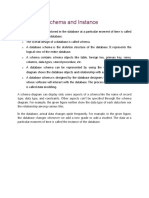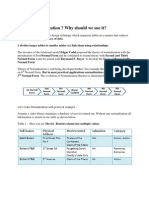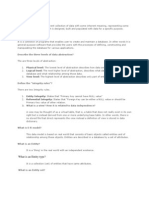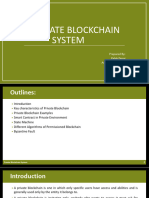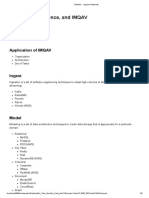0% found this document useful (0 votes)
25 views7 pagesDbms
The document explains the ACID properties of database transactions: Atomicity, Consistency, Isolation, and Durability, which ensure reliable processing. It also covers concurrency control issues, normalization processes, data independence, and the levels of abstraction in database management systems. Additionally, it discusses relational algebra and calculus, aggregation, specialization, and generalization in the context of entity-relationship models.
Uploaded by
Ravi dahiyaCopyright
© © All Rights Reserved
We take content rights seriously. If you suspect this is your content, claim it here.
Available Formats
Download as PDF, TXT or read online on Scribd
0% found this document useful (0 votes)
25 views7 pagesDbms
The document explains the ACID properties of database transactions: Atomicity, Consistency, Isolation, and Durability, which ensure reliable processing. It also covers concurrency control issues, normalization processes, data independence, and the levels of abstraction in database management systems. Additionally, it discusses relational algebra and calculus, aggregation, specialization, and generalization in the context of entity-relationship models.
Uploaded by
Ravi dahiyaCopyright
© © All Rights Reserved
We take content rights seriously. If you suspect this is your content, claim it here.
Available Formats
Download as PDF, TXT or read online on Scribd
/ 7






















